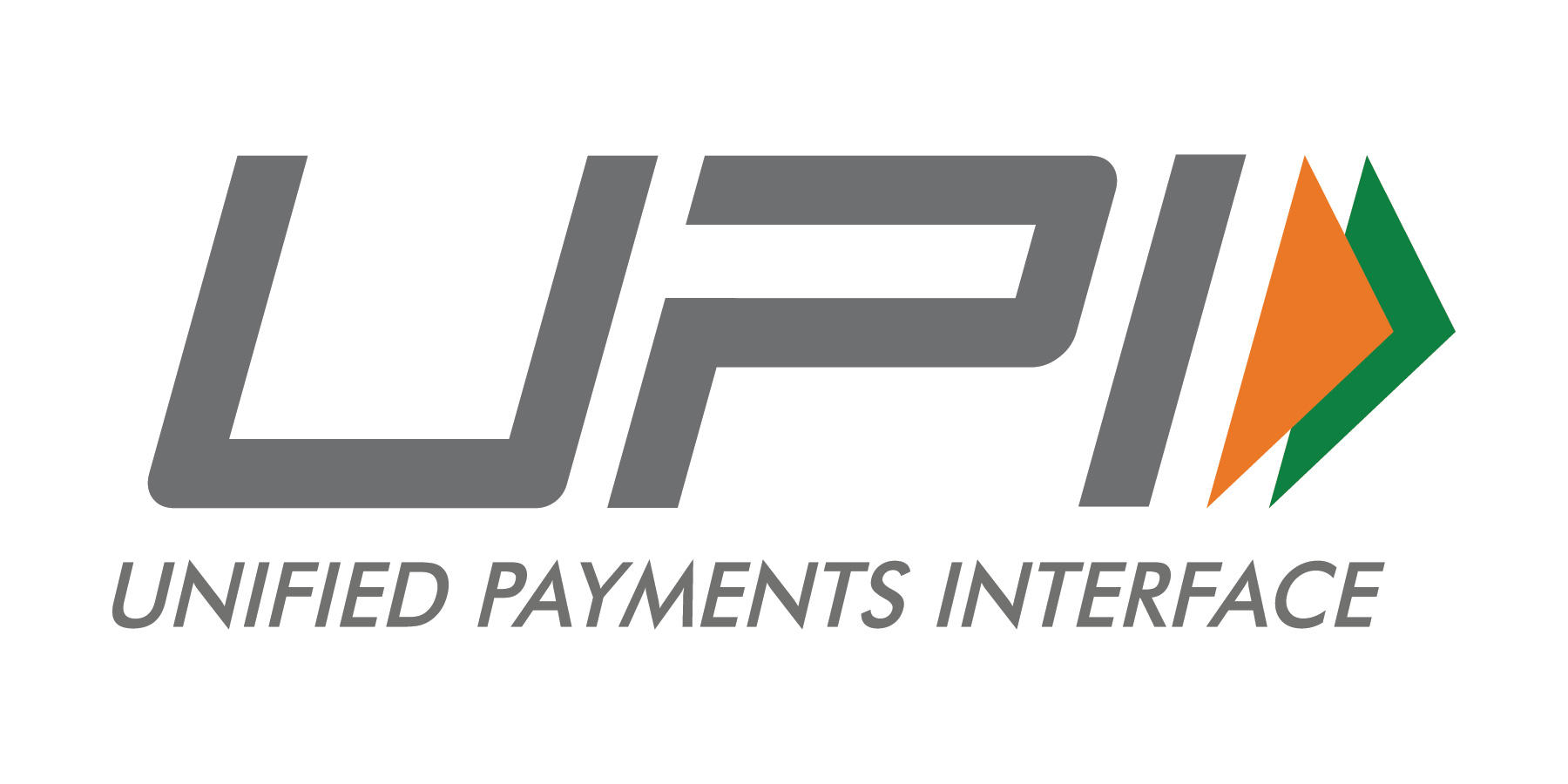- Editor's View
- 3 min read
Not just Google, the world is watching India’s UPI
Recently Google wrote a letter to the Federal Reserve on how India's NPCI has built UPI like scalable architecture for digital payments which can be replicated in the United States of America.
Why did Google recommend India’s Unified Payment Interface, (UPI) to the Federal Reserve System of the United States of America? Why is the world keen on UPI? How can India benefit if the world adopts UPI

Also, a few banks from Bahrain, FinTechs from Singapore and Europe and financial analysts with whom I interacted have praised UPI.
The UPI Craze
The scale and the speed that UPI carries is unimaginable. As many as 143 Indian banks are live on UPI platform. In October 2019, UPI crossed 1 billion transactions and has over a 100 million active users on its platform. Nowhere in the world neither there is any such facility available nor such a number of transactions have ever happened on one single platform.
UPI put India far ahead in the world and Indians can transfer the money with QR scan code and various methods, but most of the countries are still using the traditional methods. Card payments are still dominant in the developed countries. In many part of the European countries, cheque payment is still the talk of the town. This has given rise to Challenger banks, new age banks. China has AliPay and Wechat, which are seamless but they are not as simple as UPI.
Google Pay: India is a significant case study.
India’s diverse market, crowded cities and different demography is the best user case study for Google. Google launched UPI based app Tez (means fast ) in 2017 in India and renamed it as GooglePay later. Within a year, Google Pay witnessed more than 3X growth and 67 million monthly users. No one could imagine, country with such diversity will transfer money on mobile phone.
All over the world, financial institutions are challenged by the new age FinTechs. The payment transfer is getting revolutionized every day. From OTP payment to QR scan base payment, India has been very progressive. While launching Google Pay in India, Google spent enough time with NPCI and realized the magnificent architecture of UPI.
India: Next in the league
Recently NPCI has launched BHIM UPI App in Singapore and it is in the process of launching it in different countries. India and China is far ahead in the world when it comes to digital innovation in financial sector. India and China are the only countries with large number of Unicorn Startups. China’s payment system is dominated by Ali Pay and We Chat and India by PayTm, PhonePe and Google Pay built on the UPI platform. Financial analysts say, Asia is the frontier in digital innovation and this decade belongs to them. It is good to see, the big five banks that dictate the terms from Wall Street to the world’s financial system, will have a tough competition from Asia, which was nowhere in their list.
Whether Fed will build FedNow replicating UPI or not is a different story, but the journey of Made for India, Made for the world has begun for sure.



COMMENTS
All Comments
By commenting, you agree to the Prohibited Content Policy
PostBy commenting, you agree to the Prohibited Content Policy
PostFind this Comment Offensive?
Choose your reason below and click on the submit button. This will alert our moderators to take actions